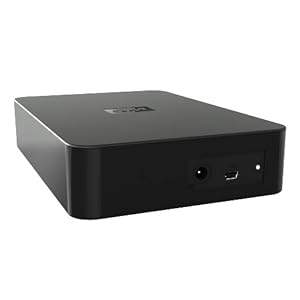Some Basic Computer Definitions Part 1
Technology evolved quickly over the years. Back then computers were rather expensive (I came from humble background). I could only get started off with a second-hand x386 computer and all because a computer's vital for school work.
I was enrolled into a procedure in data Technology (It for short) and ironically I was clueless about computers. I remembered fiddling with the monitor button to start up the Cpu during a lab session. Probably something that happens to a minority of us I guess.
Nevertheless I hope this narrative can help some of you - in layman terms an introduction to some basic computer definitions and what they of course meant. With time, I hope to deliver more developed information. Meantime, bear with me for a while.
The Cpu
Stands for Central Processing Unit. The brain behind the computer responsible for performing complex instructions of the computer's programs. Its speed denominations are part in Ghz (gigahertz) - the higher the better and faster. Intel and Amd make up the biggest players in the Cpu maker market.
The Ram
Ram stands for Random entrance Memory, normally refered to as memory for short. Ram acts as a temporary data storage when applications (e.g. Microsoft Word, Excel, Winamp etc) are launched. The number of memory a computer varies, depending on the number of applications launched and / or the memory arduous level of the applications. Speed denominations are measured in Ghz and similar to the Cpu, the higher the better. Kingston and Cosair are 2 memory makers in the market.
A point to note - any data stored in the Ram is lost if the computer is shutdown.
Harddisk
Unlike the Ram, data stored in the harddisk remains when the computer is shutdown and can be accessed when the computer Powers on. The structure of a harddisk restricts greatest high speed data entrance unlike the Ram but allows way greater storage. Size denominations are measured in Gb (gigabytes) or Tb (terabytes, 1000 times a gigabyte) in modern technology advancement. Some supreme harddisk makers are Western Digital (Western D for short), Seagate, Maxtor and recently Samsung taking a shop share.
Motherboard
Some folks call it Mobo for short. The Mobo is of course a circuit board connecting the vital components in a computer facilitating them to "work together". If the Cpu is the brain of a human being, I guess we can associate Mobo to the body. Makers of Mobos contain Asus, Gigabyte and Msi.
Sound, Graphics and Network
Gone were the days when a separate gismo is needed to yield sound and graphics from a computer. Similarly for networking features. Hence I omitted the word "cards" from the title. modern Mobo configurations merge sound, graphics and network components into the board itself. For professionals who are into graphical arduous or music associated work, they'd probably get a separate card though.
A point to note - most built-in Mobo graphics devices siphon a part of the Ram's capacity.
Usb Ports
Usb stands for Universal Serial Bus. In current times, this gismo has worked its way into the hearts of many computer peripheral (Printers, external storage, mp3 players, cameras and more) makers. It has come to be a suitable to use Usb as a medium connecting these peripherals to a computer. A computer normally ships in with 6 to 8 of these ports. If more is needed, extend it with a Usb hub. Comes with speeds of Usb 1.1 (older technology) or 2.0.
I'll stop here today. Will continue with more soon. Hope the topic of Some Basic Computer Definitions Part 1 can be of use.
Please share with your friends if you like the information.
Thanks To : Buy Shopping Discount 58mm 045x SUPER WIDE Canon Military Pea Coat

No comments:
Post a Comment